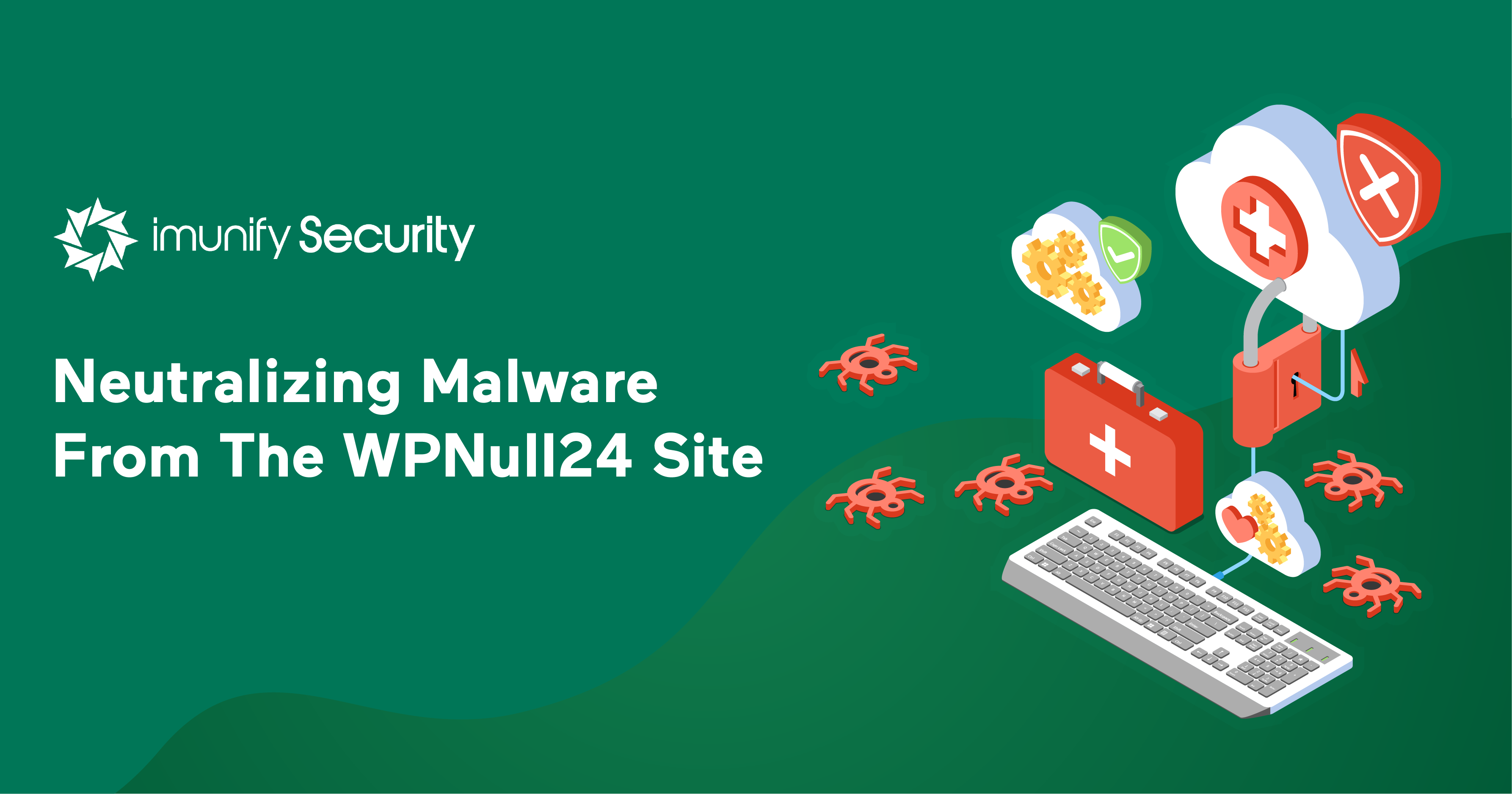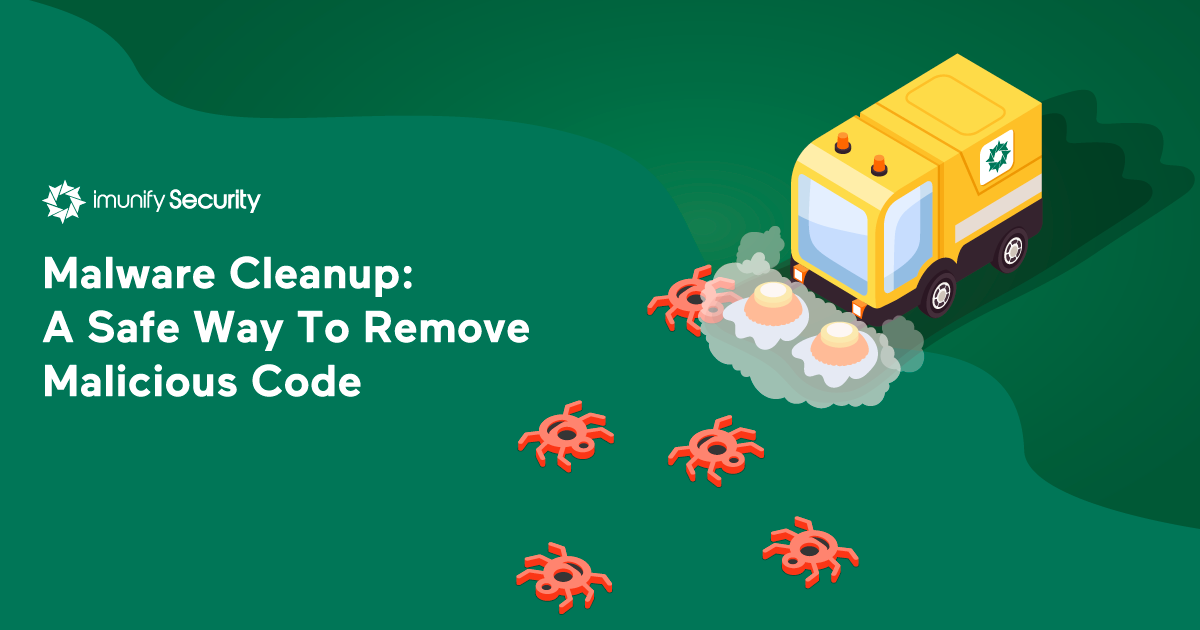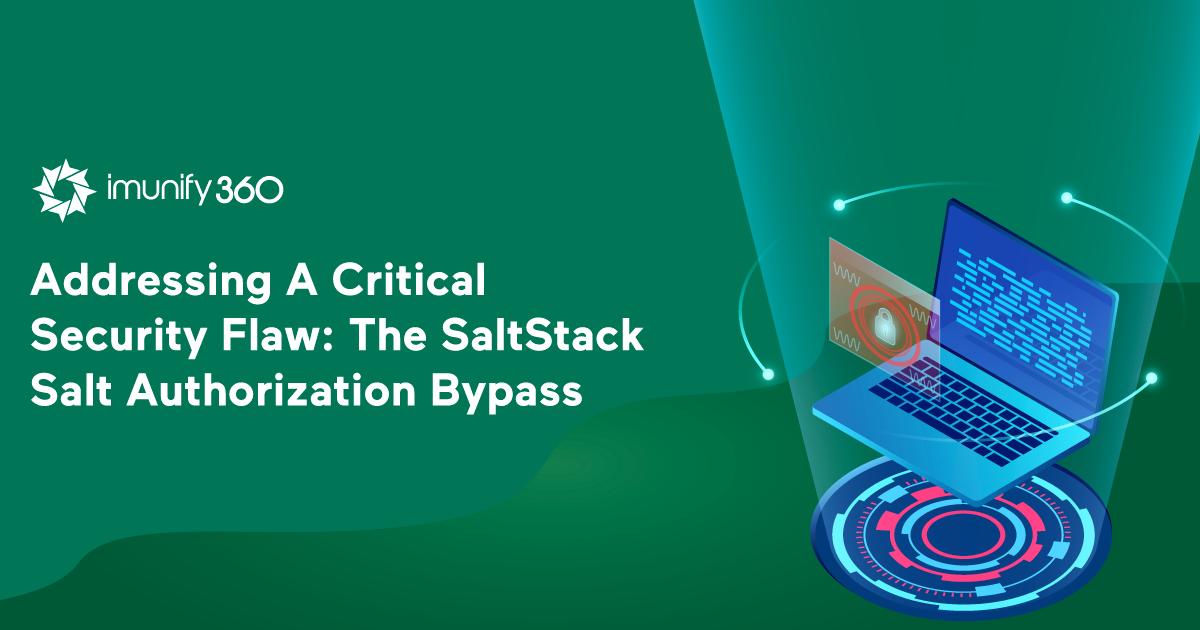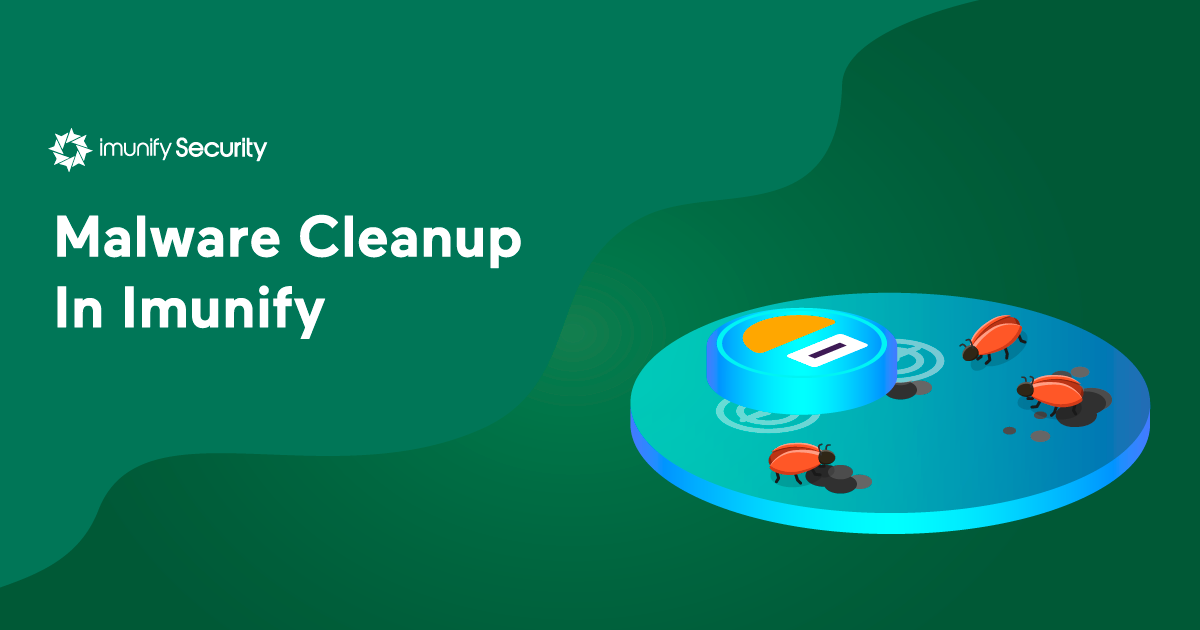
The Imunify security team has identified a security threat: a website, wpnull24.com, that provides WordPress themes infected with malware. This site offers “nulled” themes, or paid-for themes that have been modified so they can be downloaded for free.
The themes provided free of charge at wpnull24.com are particularly dangerous, because installing one of them infects all of a site’s themes, plugins, and core WordPress files with malware. Once a site is infected, it can be used for black SEO, phishing, and sending spam as well. Access to an infected site can also be sold to other cyber-criminals.

Over a typical 3-month span, the average server has around 1500 kinds of malware injected into its files. Lately, a great many of these injections have been occurring in WordPress installations. What should you do when malicious code is injected into WordPress files?

Web spam, phishing links, commercial comments, and other unwelcome additions to web pages is a big headache for many webmasters and blog owners. It seems to flow unceasingly to site users, and countermeasures such as comment approval, registration confirmation, and CAPTCHAs are inconvenient for admins and users alike.
.png)
At 11am EST on Friday 29 May, we’ll be conducting a live webinar on the new features and updates of Imunify360. Sign up and join the conversation on what’s new with our automated server protection suite.
The webinar recording is now available. You could watch it here.

Web sites running WordPress are like catnip for hackers. Among the millions of WordPress users are many with weak login credentials, which are exploited to launch malware campaigns.
Many such campaigns have been launched recently, and we at Imunify360 have discovered another one. We first detected it on 13 April, and since then we’ve seen it blocked by Imunify over 300,000 times. In the past month, this campaign has compromised thousands of unprotected WordPress-based web sites.
Let’s analyze this new WordPress malware campaign to see what makes it dangerous to web sites running WordPress. Additionally, check our WordPress Security Ultimate Guide for 2021 to learn more about WordPress Security.

This week, the Imunify360 security team was informed of a new kind of attack, one that our customers told us caused these problems:
When we investigated, we saw that these issues were caused by a SaltStack authorization bypass vulnerability (CVE References: CVE-2020-11651, CVE-2020-11652). This vulnerability enables remote command execution as root, on both the master and all minions that connect to it. It affects SaltStack Salt before 2019.2.4, and 3000 before 3000.2.

If you’re running Imunify360 on your servers, you should enable real-time scanning. Why and how should you do that? Find out below.

Imunify360 has six core components: Web Application Firewall, Linux Malware Scanner, Proactive Defense, IDS/IPS, WebShield, and Cloud-Based Security. The last component, Cloud-Based Security, runs according to what we call heuristics.
In Imunify360, heuristics are a set of rules based on information coming in from thousands of Imunify-protected servers all over the world. These servers send threat information to the Imunify cloud server, where it’s automatically processed by dozens of scripts. It’s also manually processed by our Analytics team.
.png?width=1200&name=webinar-cover2%20(1).png)
At 11am EST on Friday 3 April, we’ll be conducting a live webinar on the new features and updates of Imunify360. Sign up and join the conversation on what’s new with our automated server protection suite.
The recording of the webinar is available here.

If you’re using Imunify360 on your servers, you’ve got a powerful system for cleaning up malware that’s also safe. If you use the recommended default settings, the sites you host will stay up and running.
Your backups will be easy and reliable as well. That’s because Imunify360 is integrated with popular backup services, and makes sure that all of your backup files are malware-free. Let’s examine Imunify360’s linux malware scanner and malware cleanup capabilities in detail. In addition, Imunify360 prepared an article about 360 clean up in Imunify Security Suite covering how to remove malicious code.

.png?width=115&height=115&name=pci-dss%20(1).png)
